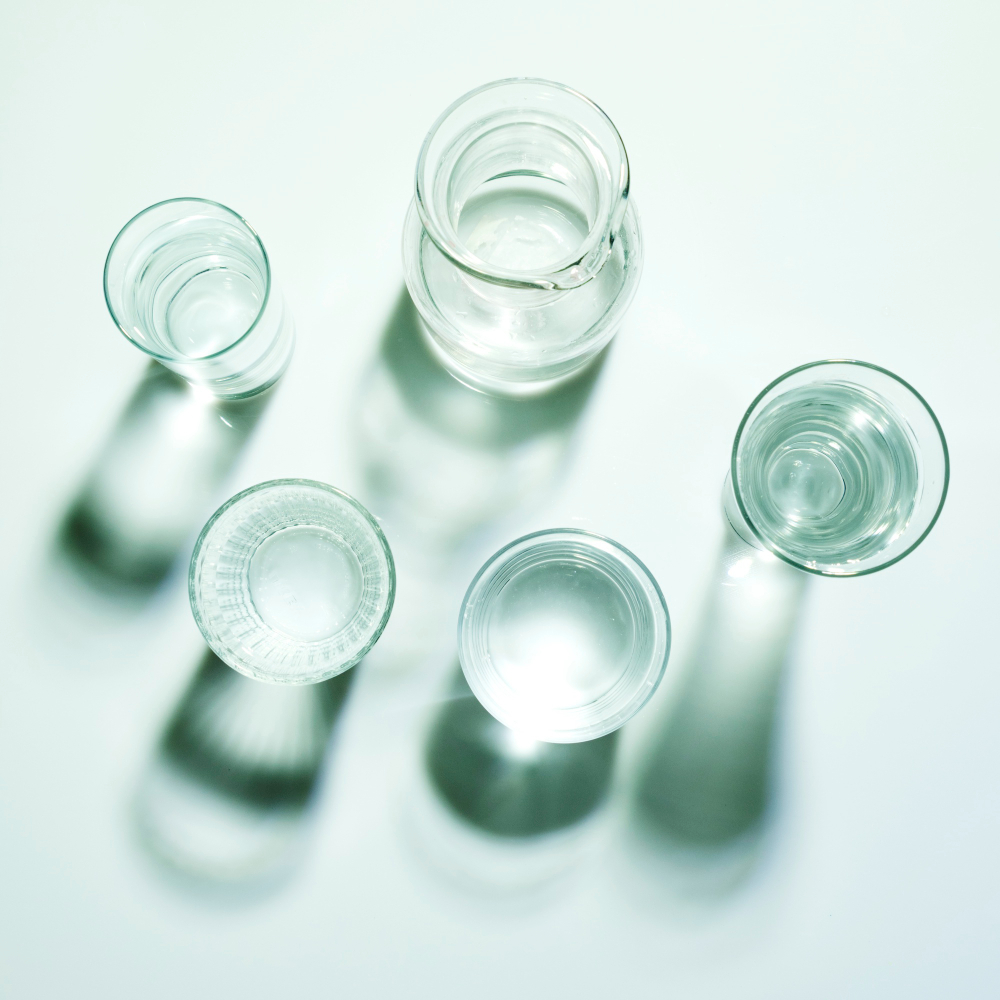Chlorine Dioxide is a Chemical Compound with one Chlorine atom and two oxygen atoms abbreviated as ClO2. Chlorine Dioxide exists as a free radical in dilute solutions making it a powerful bleaching agent, sanitizer, disinfectant, and sterilizer.
It was discovered in 1811 by Sir Humphry Davy and has a variety of antimicrobial uses. It has been widely used in the paper industry, water and wastewater treatment, food processing, and various other applications and industries.



